
METROPOLITAN COUNCIL
The primary objective of this study is to understand the relative costs and implementation considerations of different approaches to water sustainability. The northeast metro provides a study area for this evaluation. The Minnesota Legislature requested this part of the metro area to be studied specifically, given the continued concern over lake levels and the interaction of groundwater and lakes in the area, especially White Bear Lake. The study area includes 13 communities. The results will be incorporated in the Twin Cities Metropolitan Area Master Water Supply Plan. The study will be referenced to support future planning of metro area water supplies and water sustainability practices.












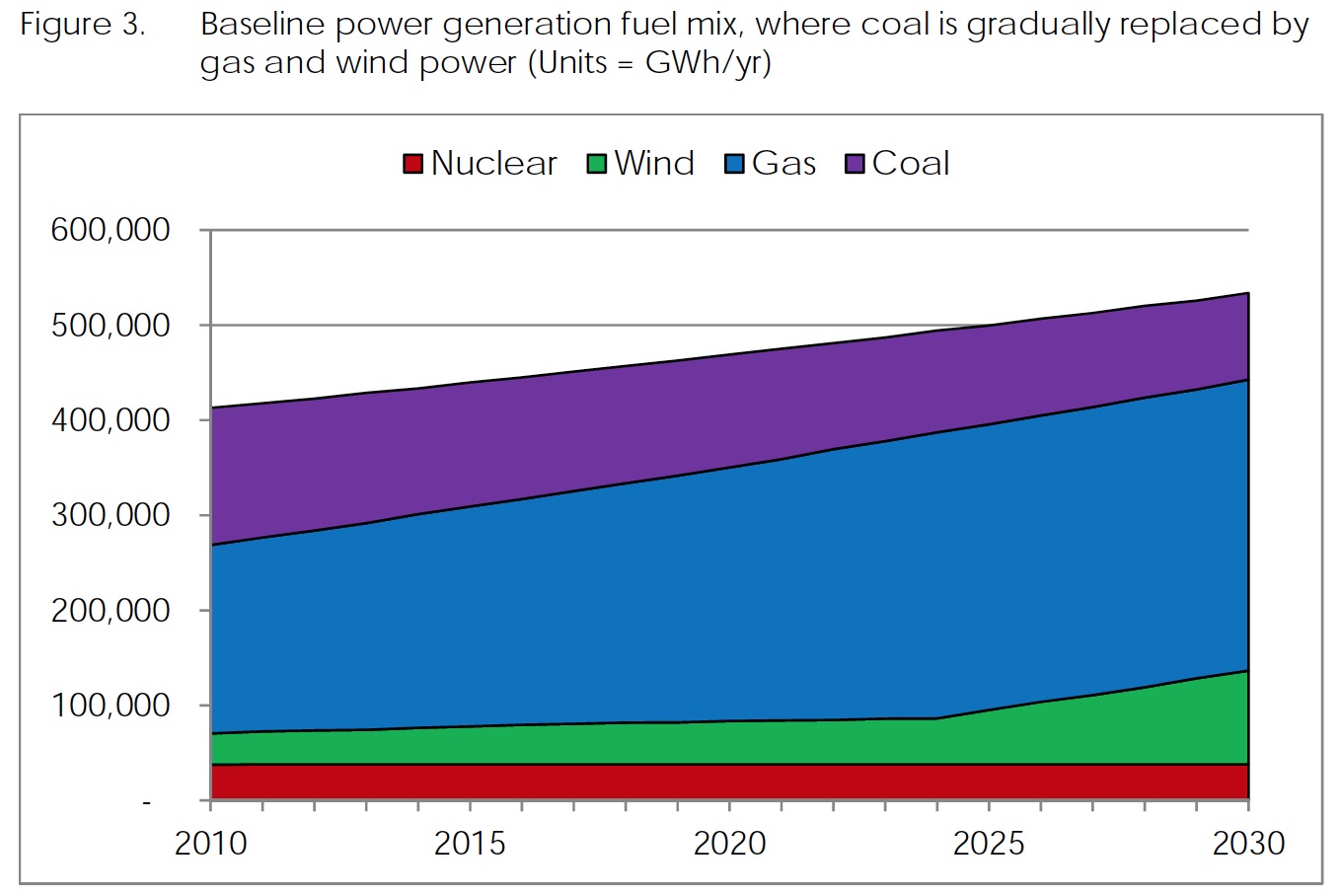
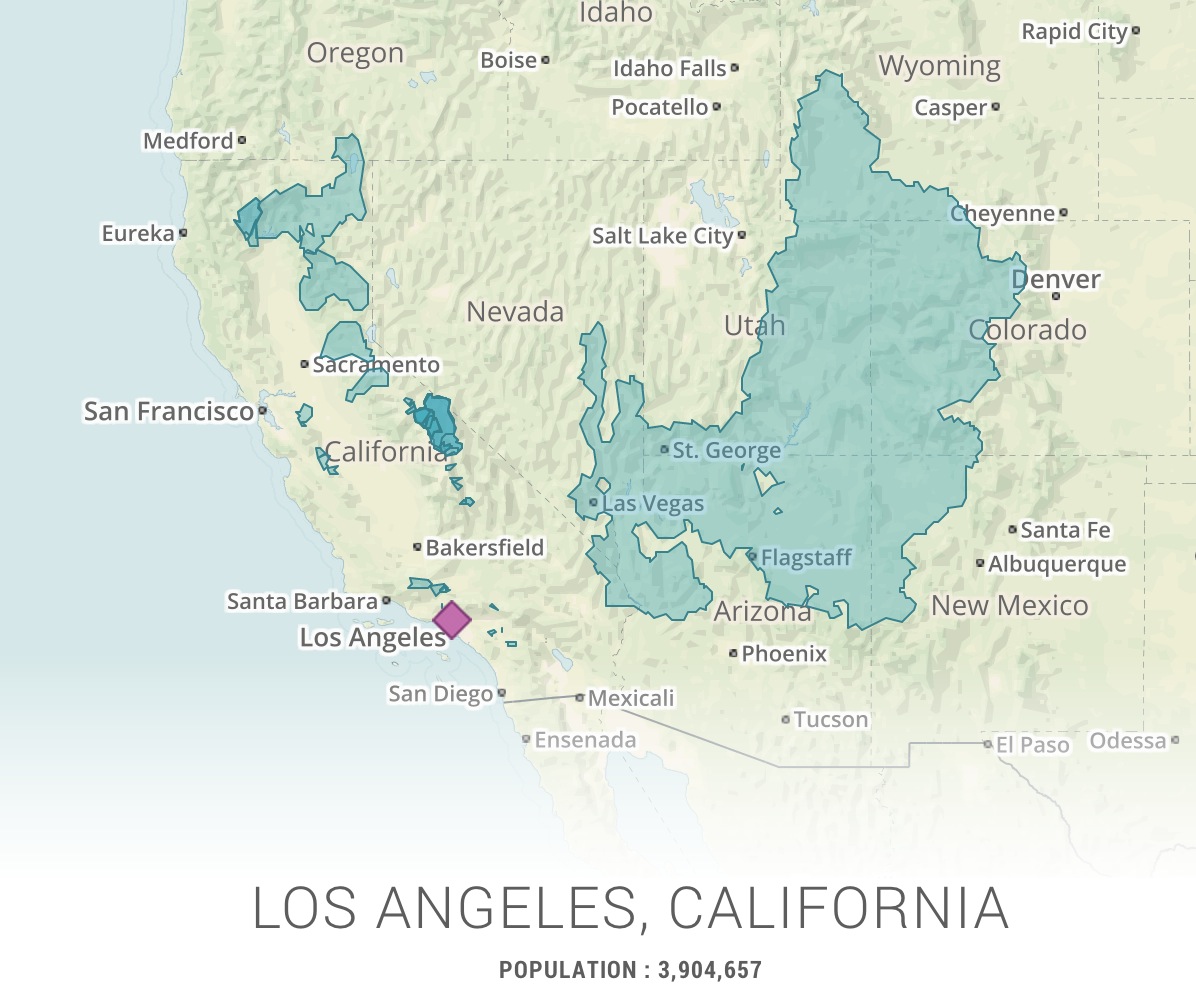
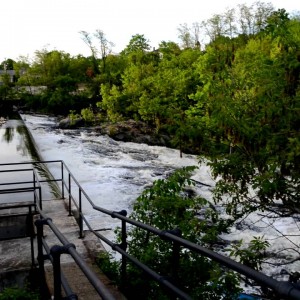
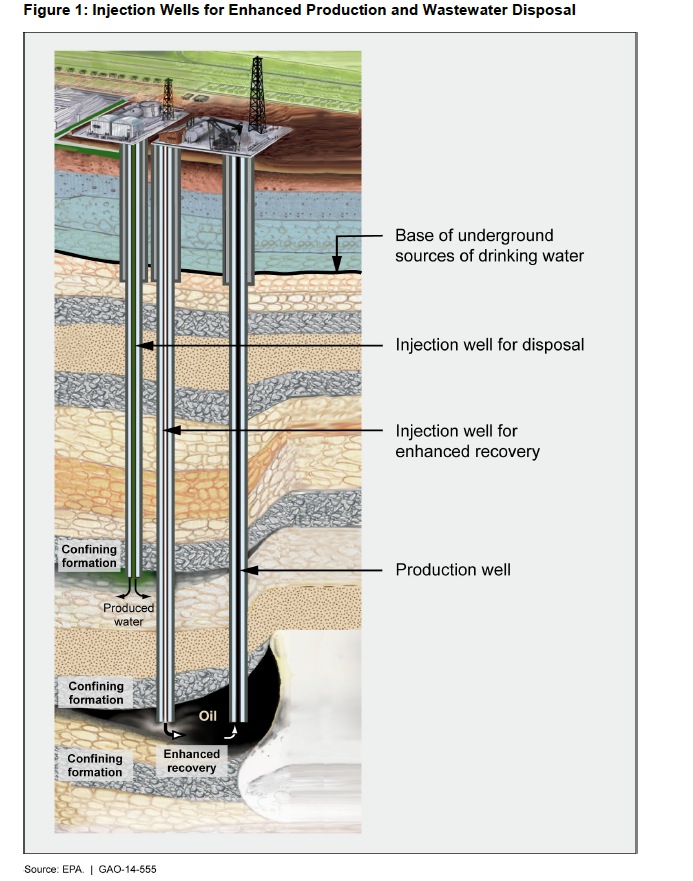
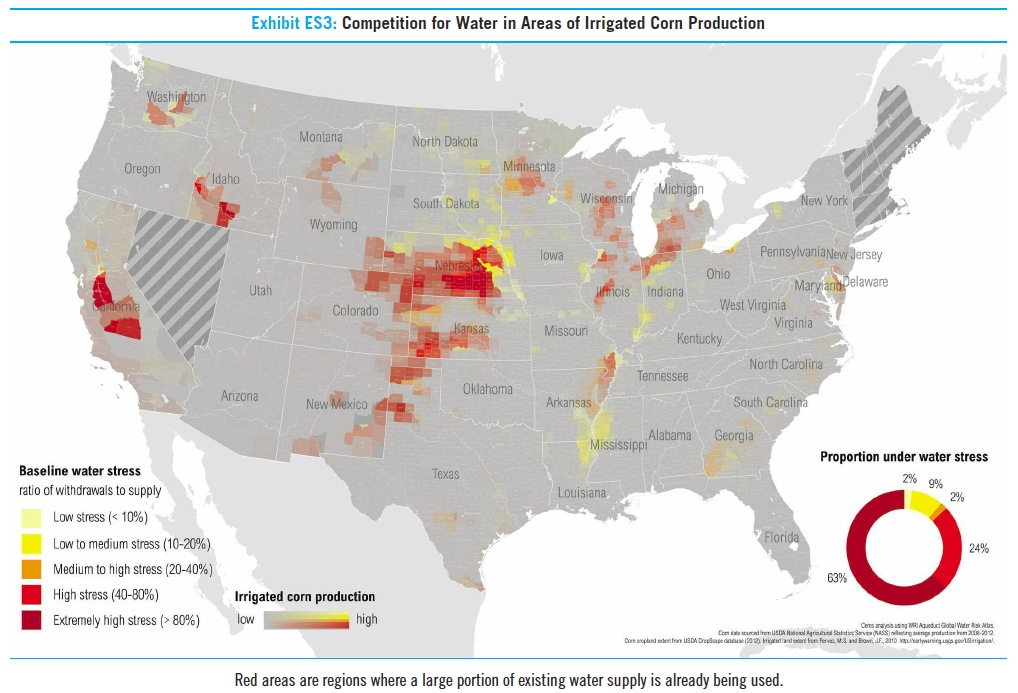

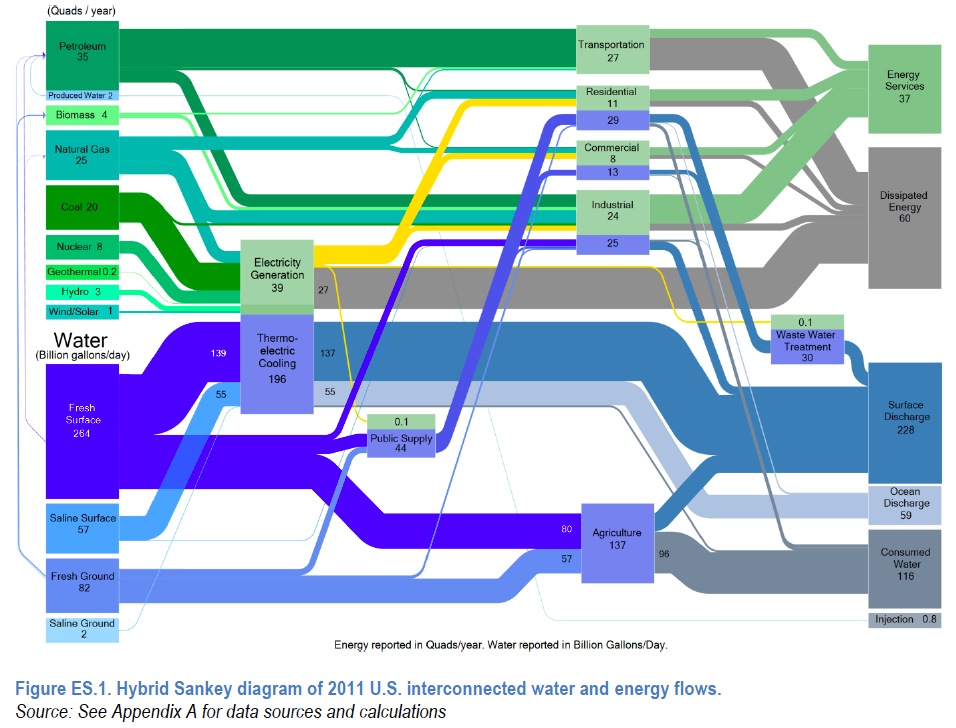



 RSS Feed
RSS Feed